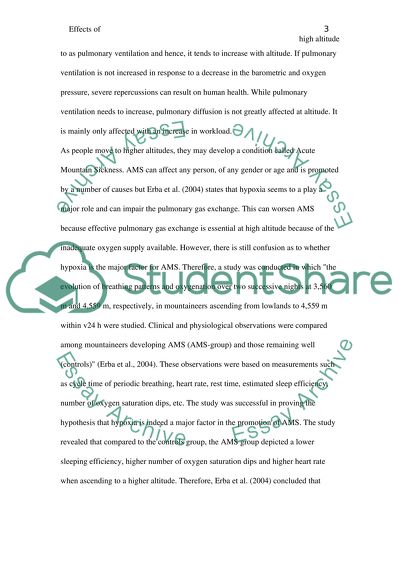Cite this document
(High Altitude - Effects on Respiration and Mountain Sickness Essay Example | Topics and Well Written Essays - 1500 words, n.d.)
High Altitude - Effects on Respiration and Mountain Sickness Essay Example | Topics and Well Written Essays - 1500 words. https://studentshare.org/health-sciences-medicine/1550855-high-altitude-effects-on-respiration-and-mountain-sikness
High Altitude - Effects on Respiration and Mountain Sickness Essay Example | Topics and Well Written Essays - 1500 words. https://studentshare.org/health-sciences-medicine/1550855-high-altitude-effects-on-respiration-and-mountain-sikness
(High Altitude - Effects on Respiration and Mountain Sickness Essay Example | Topics and Well Written Essays - 1500 Words)
High Altitude - Effects on Respiration and Mountain Sickness Essay Example | Topics and Well Written Essays - 1500 Words. https://studentshare.org/health-sciences-medicine/1550855-high-altitude-effects-on-respiration-and-mountain-sikness.
High Altitude - Effects on Respiration and Mountain Sickness Essay Example | Topics and Well Written Essays - 1500 Words. https://studentshare.org/health-sciences-medicine/1550855-high-altitude-effects-on-respiration-and-mountain-sikness.
“High Altitude - Effects on Respiration and Mountain Sickness Essay Example | Topics and Well Written Essays - 1500 Words”. https://studentshare.org/health-sciences-medicine/1550855-high-altitude-effects-on-respiration-and-mountain-sikness.


